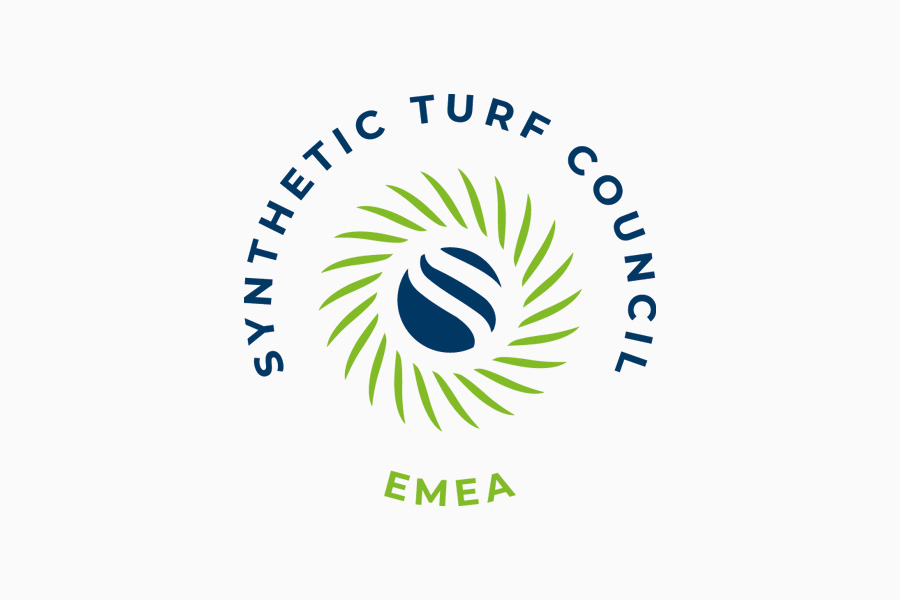European Code of Practice

Following the decision by the European Chemical Agency (ECHA) to draft a restriction limiting the quantities of polycyclic aromatic hydrocarbons (PAHs) allowed in infill materials used in synthetic turf surfaces it became apparent to ESTC that there should be a pan-European method of sampling infills to allow testing to verify that they comply with the […]
ESTC welcomes EU and UEFA statements in microplastics debate

The EMEA Synthetic Turf Council (ESTC) is pleased to have noted the statements made by the European Commission (EU) and the European Football Association (UEFA) to clarify the position of synthetic turf in the current debate about microplastics. An official statement by the EU released on 25 July, states: ‘The European Commission does not plan […]